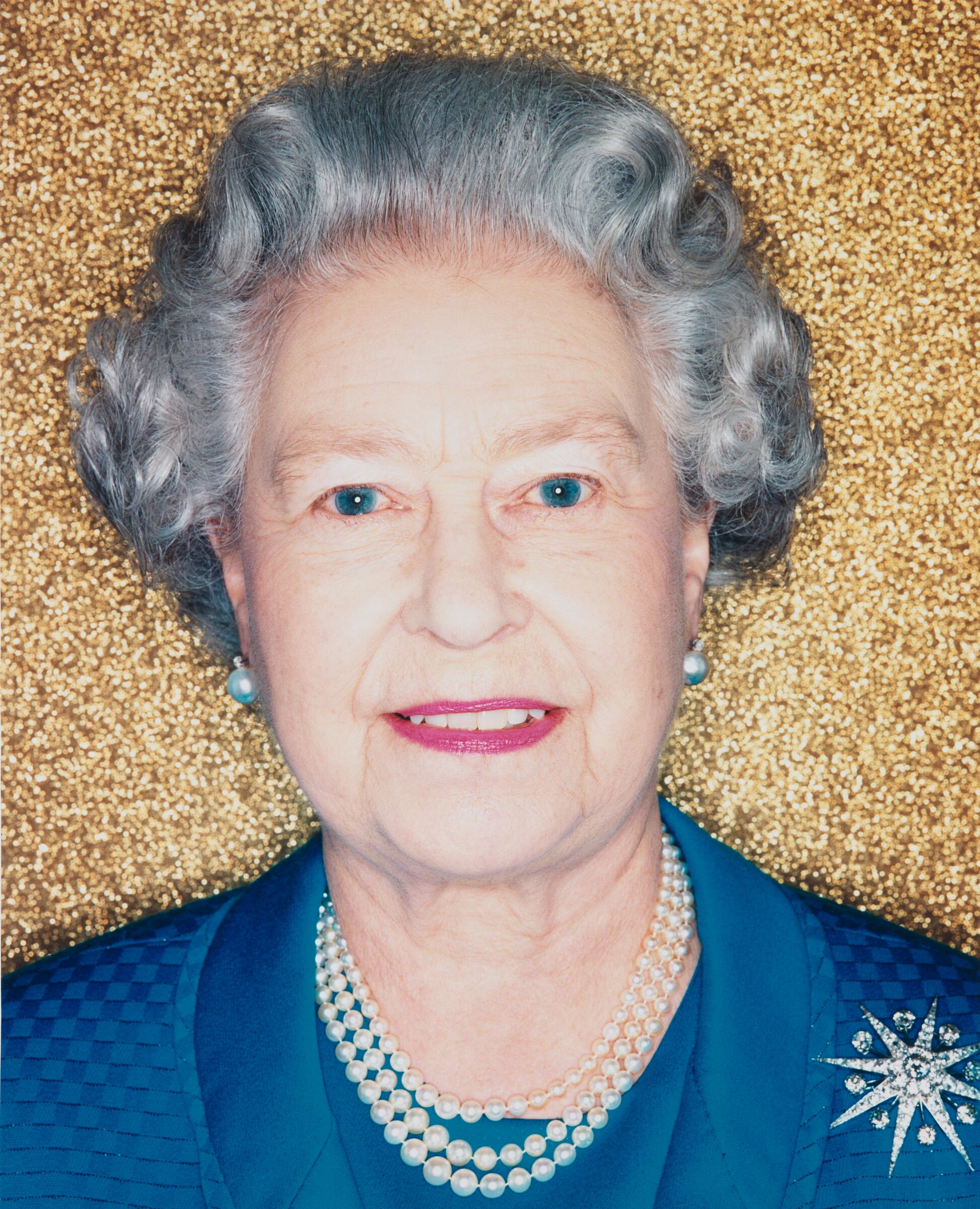The National Portrait Gallery is deeply saddened by the passing of Her Majesty Queen Elizabeth II, the longest-reigning monarch in British history. Throughout her 70-year reign, Her Majesty represented graciousness, humanity and stability during times of enormous social change.
Born on 21 April 1926, Princess Elizabeth was the first child of the Duke and Duchess of York, who subsequently became King George VI and Queen Elizabeth. She began taking on public engagements at age sixteen and married Lieutenant Philip Mountbatten – the son of Prince Andrew of Greece and a great-great grandson of Queen Victoria – in 1947. In 1952, she and her husband set out for Australia and New Zealand; on the way, in Kenya, Elizabeth received news of her father’s death. She returned to England and was 27 on her coronation at Westminster Abbey on 2 June 1953, which was broadcast on the BBC to more than 20 million people around the world.
During her reign Her Majesty was the Head of State of the United Kingdom and fifteen other Commonwealth countries. She held weekly audiences with fourteen different British Prime Ministers, was patron of more than 600 charities and organisations across the UK, attended hundreds of public engagements a year and undertook many historic overseas visits. The first reigning British monarch to visit Australia, she made sixteen visits here between 1954 and 2011. She was not involved in the day-to-day business of the Australian Government, but rather played a ceremonial and symbolic role.
When Prince Philip, Duke of Edinburgh died in 2021, the couple had been married for more than seven decades. Her Majesty had four children, Princes Charles, Andrew and Edward, and Princess Anne, eight grandchildren, and twelve great-grandchildren.
Queen Elizabeth II will be remembered for her devotion to a life of service, and her position as an important figurehead for the UK and the Commonwealth. She is succeeded by her eldest son King Charles III.
The National Portrait Gallery Director, Board, Foundation and staff extend our sincere condolences to Her Majesty’s family.














